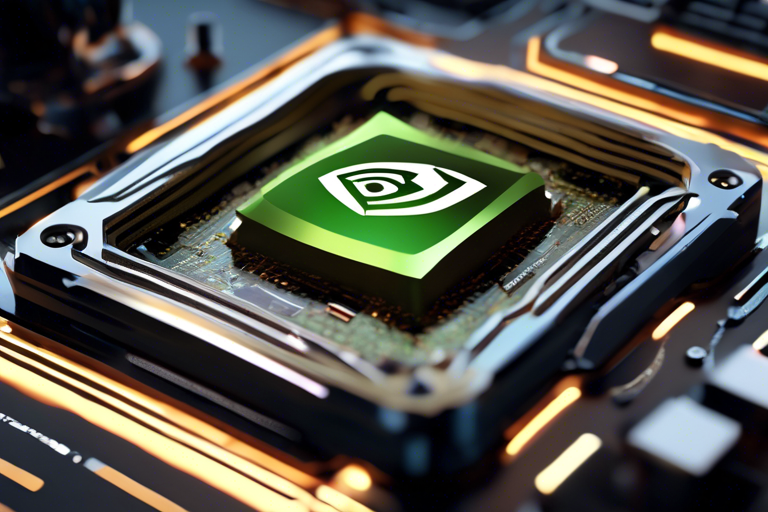NVIDIA Enhances Federated XGBoost for Efficient Collaborative Learning
NVIDIA has recently announced significant improvements to Federated XGBoost through its Federated Learning Application Runtime Environment (FLARE). This integration is designed to enhance the practicality and productivity of federated learning, particularly in machine learning tasks like regression, classification, and ranking.
Enhanced Features of Federated XGBoost
- XGBoost, a widely used machine learning algorithm known for its scalability and effectiveness, introduced Federated XGBoost in version 1.7.0, enabling multiple institutions to train XGBoost models collaboratively without sharing data.
- Version 2.0.0 further improved this capability by supporting vertical federated learning, allowing for more complex data structures.
Integration with NVIDIA FLARE
- NVIDIA FLARE, introduced in 2023, seamlessly integrates with Federated XGBoost features, including horizontal histogram-based and tree-based XGBoost, as well as vertical XGBoost.
- Support for Private Set Intersection (PSI) for sample alignment has been added, simplifying the process of conducting federated learning without the need for extensive coding.
Concurrent Experiment Execution
- NVIDIA FLARE stands out for its ability to run multiple XGBoost training experiments simultaneously, allowing data scientists to test various hyperparameters and feature combinations concurrently to reduce training time.
- This feature eliminates the need to open new ports for each job, as NVIDIA FLARE manages communication multiplexing efficiently.
Fault-Tolerant Training
- In scenarios involving cross-region or cross-border training, network reliability can be a challenge. NVIDIA FLARE addresses this by automatically handling message retries during network interruptions, ensuring data integrity and resilience throughout the training process.
Experiment Tracking in Federated Learning
- Monitoring training and evaluation metrics is crucial in distributed settings like federated learning. NVIDIA FLARE integrates with various experiment tracking systems, such as MLflow, Weights & Biases, and TensorBoard, to provide comprehensive monitoring capabilities.
- Users can choose between decentralized and centralized tracking configurations based on their specific requirements.
Summary
- NVIDIA FLARE 2.4.x offers robust support for Federated XGBoost, enhancing the efficiency and reliability of federated learning.
- For more detailed information, you can refer to the NVIDIA FLARE 2.4 branch on GitHub and the NVIDIA FLARE 2.4 documentation.
Hot Take: Empowering Collaborative Learning with NVIDIA’s Enhanced Federated XGBoost
By integrating advanced features into Federated XGBoost, NVIDIA is revolutionizing the landscape of federated learning, making it more efficient and practical for data scientists and researchers. The seamless integration with NVIDIA FLARE and the support for vertical federated learning further solidify NVIDIA’s commitment to driving innovation in machine learning and artificial intelligence.





 By
By



 By
By
 By
By